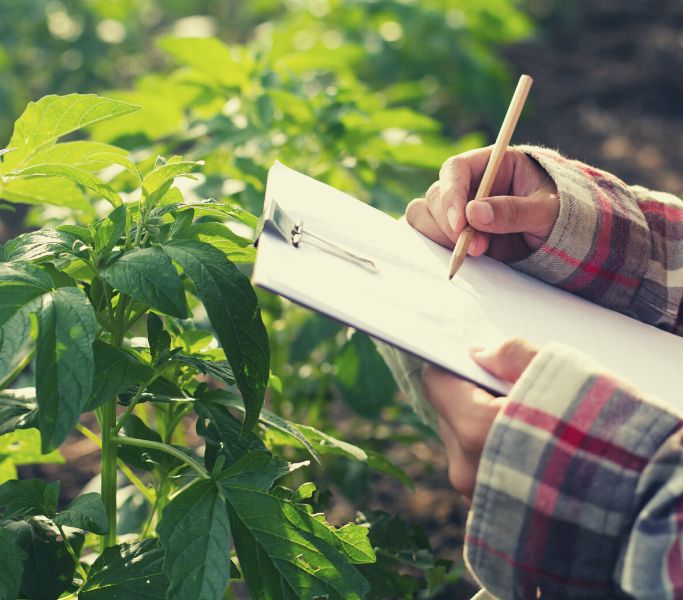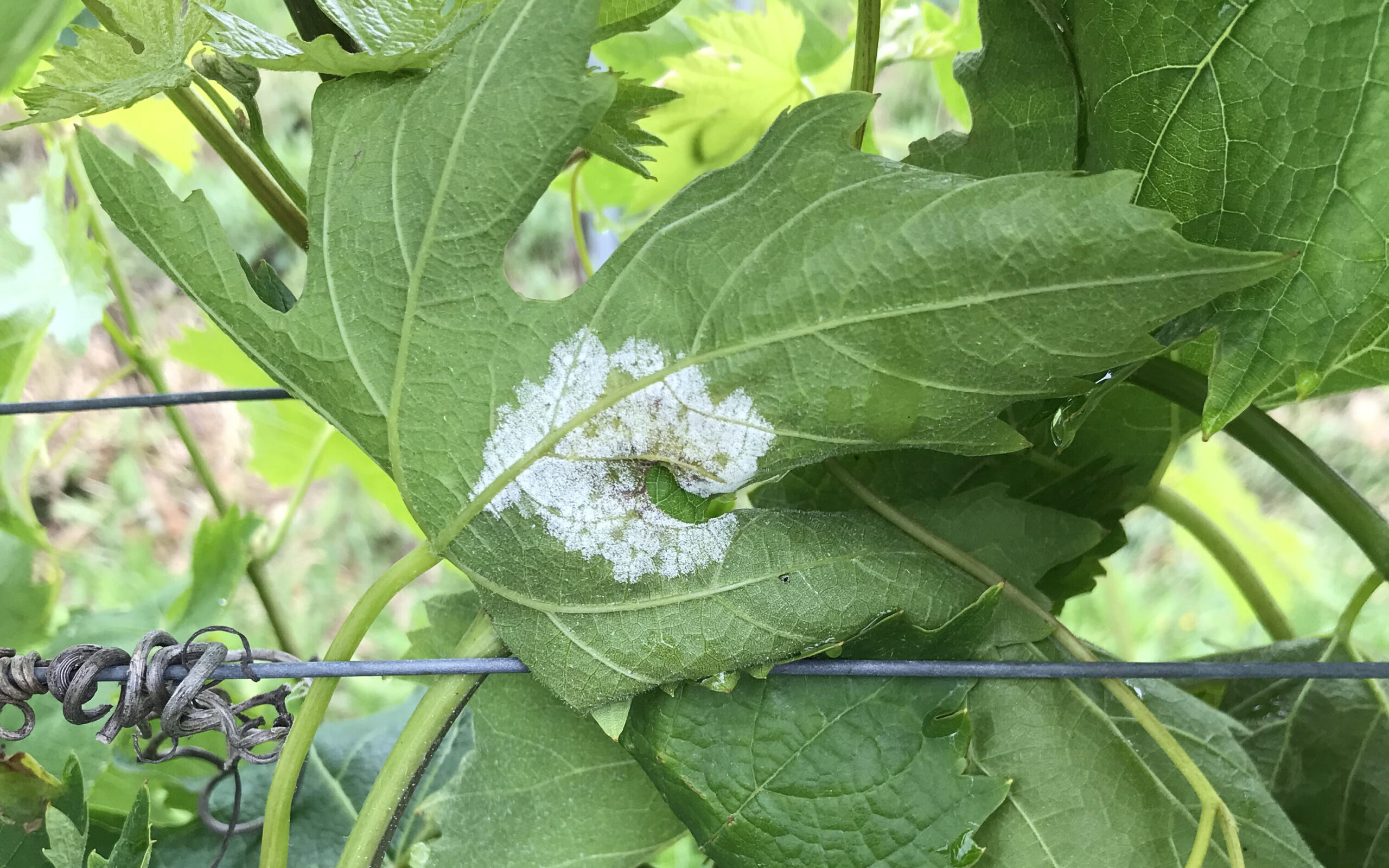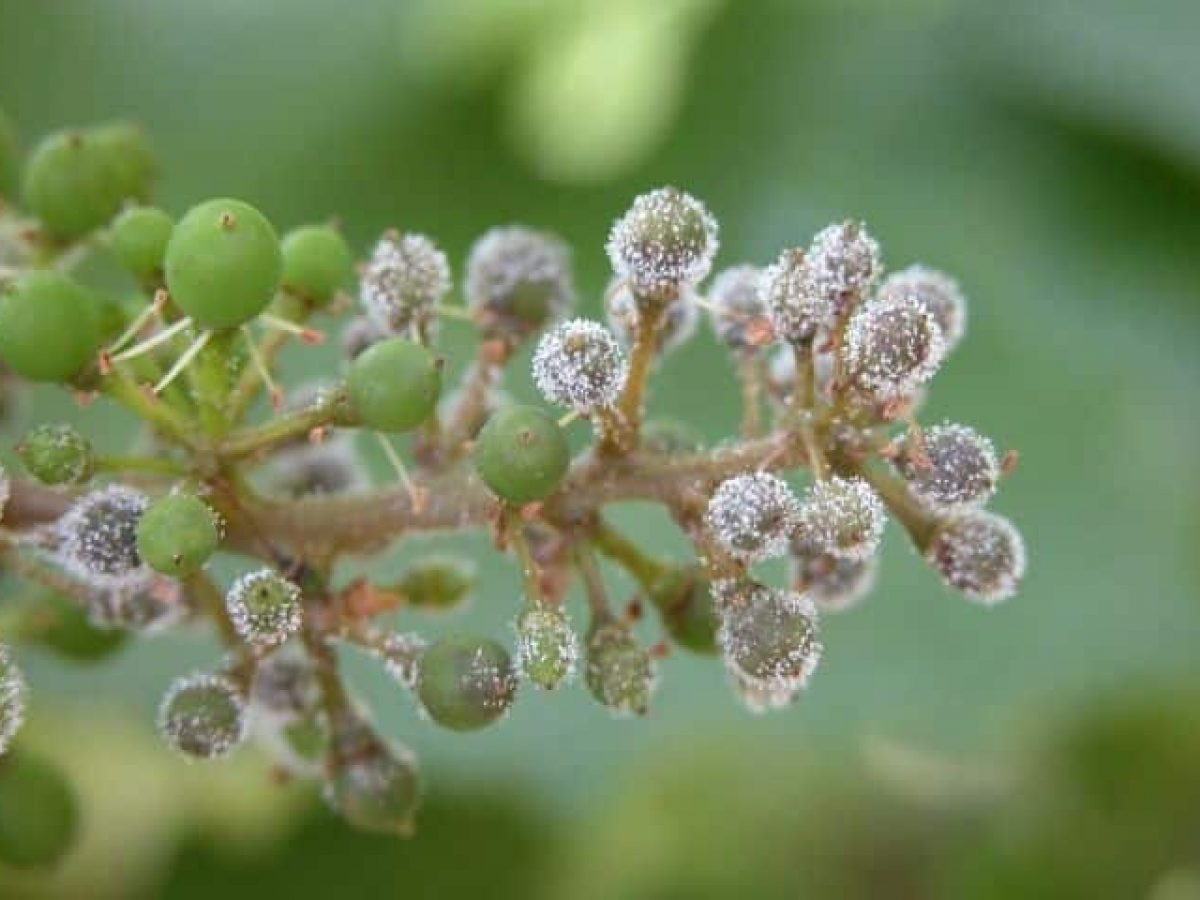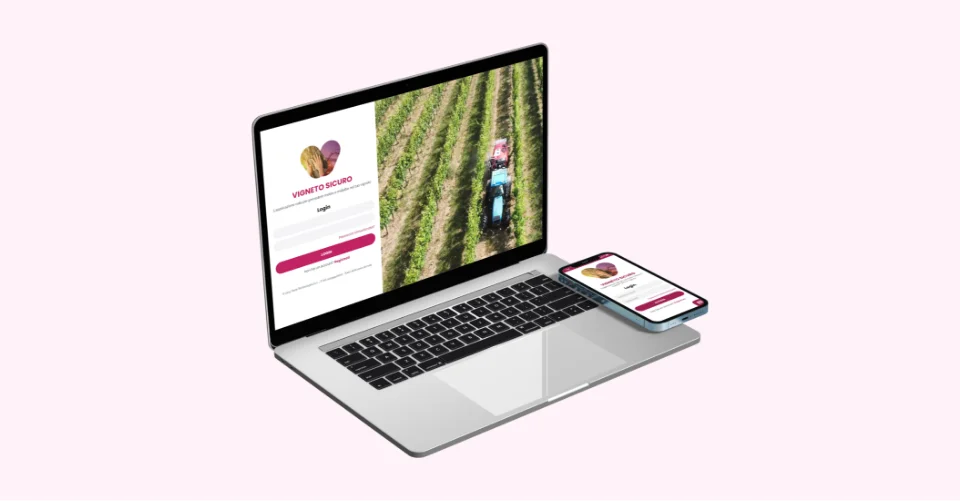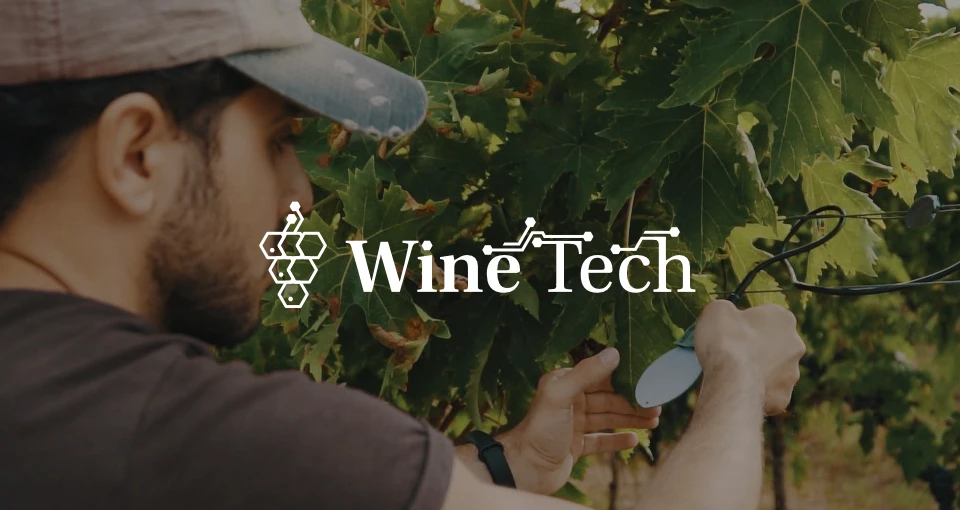Whether you're a novice winemaker or an expert with 20 years of harvesting behind you, this pathogenic fungal disease returns, year after year, to torment you.
The peronospora it is a fungal disease that affects the leaves, the stems, the flowers e the fruits of the vine. This article explores symptoms, the causes, the life cycle and the prevention methods of this pest of the vineyard to date present on the market.
Table of Contents
- What is the downside of the vine?
- How does it manifest?
- When does it manifest?
- The causes?
- The effects: how it manifests itself
- What to do to block the Peronospora of the vine?
- How to prevent peronospora
- The solution of Peronospora Zero
- The Benefits of Peronospora Zero
What is the downside of the vine?
The Plasmopara viticola, its scientific name, better known as peronospora is one of the more widespread and dangerous diseases for vines.
It remains in the soil in the form of spores and its development is linked to weather conditions, in fact, it is most commonly found in humid climates where there are large amounts of rainfall during the growing season.
How does it manifest?
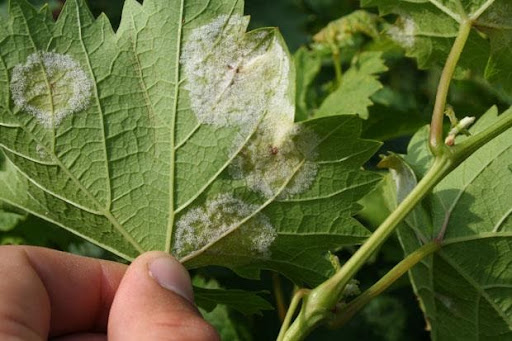
Example of leaf affected by Peronospora
The peronospora at the early stage of its life cycle is not visible since it is located in the soil under the vines in the form of Oospora, starting in the autumn season.
Once in the spring season, thanks to a certain degree of rainfall and certain weather conditions, the oosporas are transformed into zoospore and they attack the vegetation.
This is where the incubation period begins. After this period the peronospora can be identified at an early stage, if the surface of the leaf has the characteristicsoil stains”, that is, roundish discolorations.
In addition, if the weather conditions are favorable, a fungal growth could develop in the lower part of the leaves, near the spots, in the form of white mold.
The infection can occur in the same way also on the bunches, causing the curling and the wilt of the same, with consequent reduction of photosynthesis and yield and in severe cases it can also cause the leaves to fall.
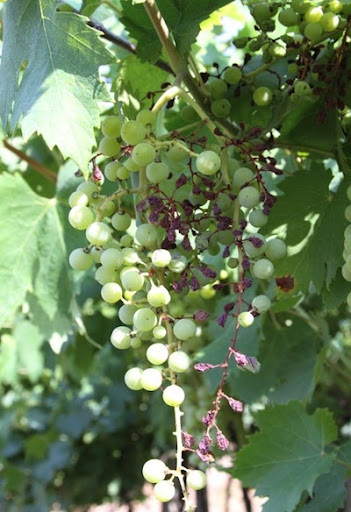
Effect of peronospora on bunches of grapes
When does it manifest?
The peronospora of the vine is mainly manifested in spring and the period of increased activity for this disease is between March and August, but it’s not over here.
In fact, during the summer it can sometimes occur the so-called Larvated peronospora.
This disease attacks the vine and affects the berries which, however, are only the tip of the iceberg of its attack on the vineyard.
In fact, if you get to this point it means that the brick has already hit the leaves and branches.
Also called late peronospora it can be stemmed by predicting and fighting the peronospora itself.
To do this we can use classic measures or state-of-the-art prevention methods that exploit innovative technologies and big data.
In general, among others, some measures to ensure that there are no favourable conditions for the development of this disease are to avoid grafting the vineyard downstream or where there are particularly humid climates. It is also advisable to make a balanced fertilisation, otherwise, in addition to the peronospora in the vineyard, diseases due to nutritional deficiencies.
The causes?
Peronospora is a disease weather dependent, its appearance and development depend essentially on certain variables. microclimatics. There are three meteorological parameters that affect the development of the disease:
- Increase in temperatures
- Humidity
- Rains
The effects: how it manifests itself
Peronospora infections cause defoliation together with large productive and qualitative losses.
Plants weakened by these spores are also susceptible to other diseases or pests.
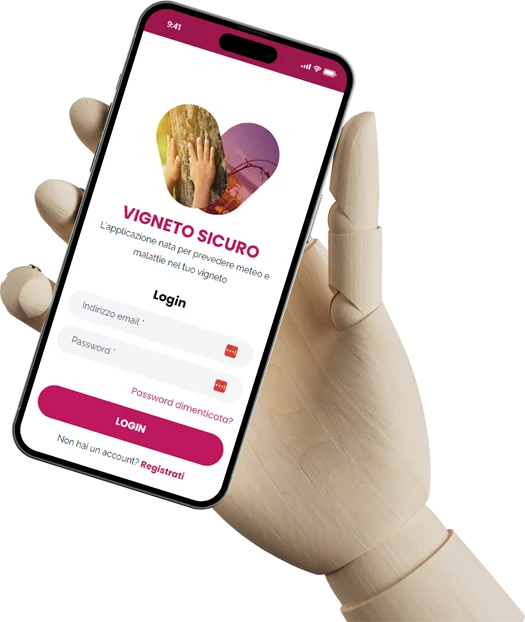
It’s all about prevention.
In a few clicks you will know the weather the evolution of diseases in the your field and you can take preventive measures.
What to do to block the Peronospora of the vine?
To defend your vineyard from the peronospora you must intervene promptly in the period of incubation, especially if weather conditions are favourable for the development of the same.
To date I phytosanitary treatments they remain the main method to stem the effects of peronospora.
Among the most used are those that provide calendar interventions, that is, periodic interventions that aim to minimise the possibility of onset of this disease.
Specifically, the most used products are the green copper, the copper sulphate or the Bordeaux pulp.
These products are able to put a brake on the progress of the disease even if it has already affected the vineyards and manage to protect the latter, in case the disease has not yet occurred.
The main problem encountered in this type of approach lies in the fact that usually treatments are carried out on average once every 10 days in the dampest periods of the year, but we do not always rely on accurate and precise tools and data.
This approach also forces the vine grower to use remedies that in the long term are very impactful for the environment, together with this, this type of intervention does not allow the vine grower to have the control of the situation.
To make the wine grower feel that he has the control of the situation and can fully understand the needs of his vineyard, intervenes the technology that while not replacing the experience of the same, supports him in making decisions.
It is at this point that the classical methods are added to the prevention methods.
Let’s take a closer look.
How to prevent peronospora
The most widely used method of prevention today is the so-called rule of the Three Ten. It tells us that the conditions that must occur simultaneously for the advent of the peronospora are mainly 3:
- a minimum of 10 mm rain over 24-48 hours;
- a temperature of at least 10 degrees;
- length of branches of 10 cm;
This suggests that the use and the monitoring dei data microclimates of the plots is very important for winegrowers in order to predict the advent of this disease and intervene in time.
In this sense today on the market there are several solutions that through a monitoring carried out with IoT Sensors installed inside the vineyard and the use of forecast templates, they aim to predict the arrival of this disease and support the winegrower in the agronomic decisions.
It is important to note that all these solutions do not aim to replace the figure and experience of agronomists and winegrowers but only to offer support for decisions based on use and the elaboration of data acquired directly in the field.
Today in Italy the main solutions in this regard have been developed by innovative realities such as: Agricolus, XFarm, Elaisian and others.
The main objective of these realities is to allow the winegrower to monitor his vineyard in real time without the need to go to the field, as infrastructures are made available to him. apps e technology platforms can be consulted directly from a PC or smartphone.
The solution of Peronospora Zero
Inside Vigneto Sicuro we developed Peronospora Zero, the first system able to predict the advent of peronospora in the vineyard without the use of IoT sensors installed in the field. This system goes beyond physicality because:
✔−No need hardware in the field
✔?Works on small and large plots
✔−Prevents the disease punctually in any vineyard in the world
The advantages of Peronospora Zero
Using Peronospora Zero winegrowers can have several advantages right from the start:
✔>In just a few minutes Peronospora Zero it will tell what’s going on with the vines and allow the vine grower to adopt timely preventive measures. This is because through a web app you have the ability to always keep under control the risk index the peronospora of every single plot in real time.
✔ the vine grower will receive timely notifications they will alert him when the disease approaches his vineyards or when his plants need medical care.
✔” Peronospora Zero it also includes an analysis tool with which you can have customised weather forecasts of your plot. This is because we believe that in addition to the risk index, it is very important for the winegrower to have data on microclimatic conditions of their plot in a timely and precise way.
✔” Economic savings of 50% on phytosanitary treatments thanks to targeted and punctual interventions. Thanks to our system, the winegrowers who have chosen our solution have reduced their treatments by 50% and so they halved the annual cost of the same
✔−higher environmental sustainability inside the vineyard thanks to the decrease in phytosanitary treatments
If you are a winegrower and you have found this interesting article sign up for free Peronospora Zero and you will receive the GUIDE on the PERONOSPORA OF VITE
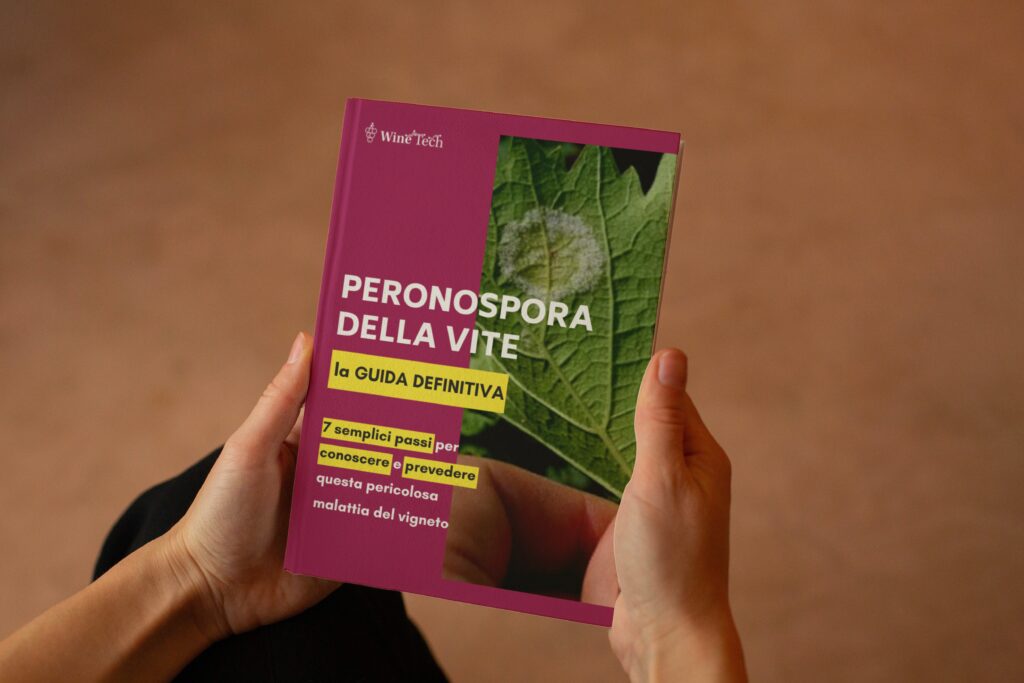
SITEOGRAPHY:
